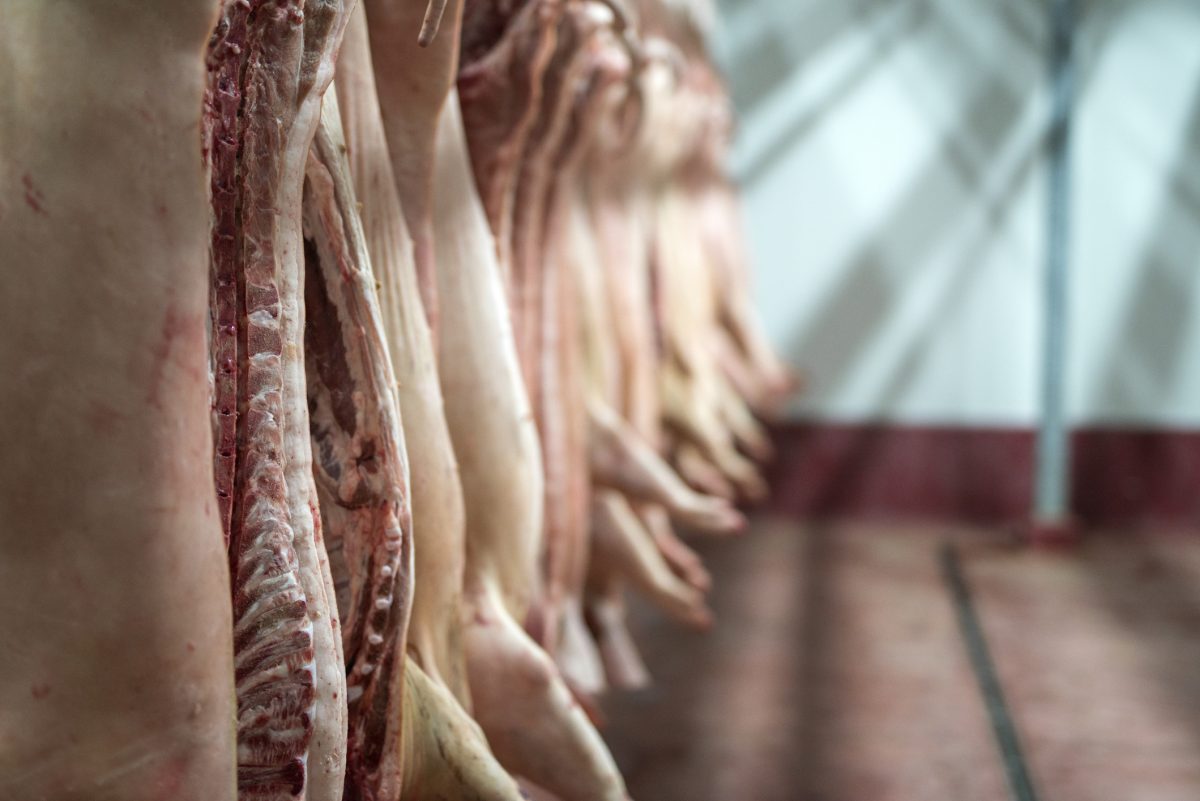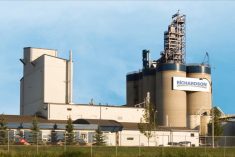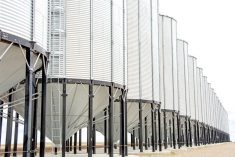CNS Canada –– Following the largest mustard crop in more than a decade in 2016, supply/demand fundamentals are expected to spur a reduction in Canadian mustard seedings in 2017.
However, with more and more cropland moving into canola, mustard acreage increases may be limited in future years when supplies are tight again.
After growing the largest mustard crop in 12 years — 234,000 tonnes — in 2016, Agriculture and Agri-Food Canada predicts carryout for 2016-17 at 85,000 tonnes, well above the 5,000 tonnes carried forward the previous year.
Read Also

U.S. livestock: Cattle slip back, hogs gain
Chicago cattle futures slipped back on Friday after Thursday’s pause. Hog futures crept upward. Most-active December live cattle futures closed…
The larger supplies cut into prices, and Canadian farmers intend to plant 390,000 acres of the crop in 2017, compared to 525,000 the previous year, according to Statistics Canada data.
Mustard is driven by contracted prices, and those bids, especially for yellow mustard, were not very attractive compared to where they were a year ago, said Kevin Hursh, executive director of the Saskatchewan Mustard Development Commission.
Demand is relatively steady, he said, but prices change depending on the supplies available.
Contract prices for brown mustard have improved slightly in recent weeks, moving from 32 cents/lb. to 34, said Hursh, as companies realized they “needed to up their game a little bit,” if they wanted to ensure enough acres were seeded.
While mustard area is expected to be down on the year, canola is set to see record plantings in Western Canada, according to StatsCan data.
“The unfortunate thing, from mustard’s point of view, is that once you seed canola, you’re out of the mustard business on that land for four to five years,” said Hursh.
Canola and mustard are closely related plants. While canola has many weed control options, the same is not true for mustard, and canola volunteers in a mustard crop can quickly lead to downgrades, said Hursh.
In addition to the weed control advantages of canola, newer canola varieties that can be straight-combined, rather than swathed, may also be dissuading some future mustard acres, as former mustard growers can now conceivably switch to canola without the need to invest in a swather, said Hursh.
“There’s no doubt that mustard is being squeezed into smaller and smaller areas,” said Walter Dyck, a mustard buyer with Olds Products at Lethbridge.
With more area going into canola, Dyck said it will be more difficult for the mustard industry to respond when more acres are needed.
While most yellow mustard was contracted for 35 cents/lb. this year in Western Canada, Dyck noted his company had contracted at 42 cents/lb. in order to retain growers.
Farmers still growing mustard are generally able to keep weeds to a minimum through good growing practices, he added, but some are still pushed out due to weed issues or low prices.
— Phil Franz-Warkentin writes for Commodity News Service Canada, a Winnipeg company specializing in grain and commodity market reporting. Follow Phil at @PhilFW on Twitter.















